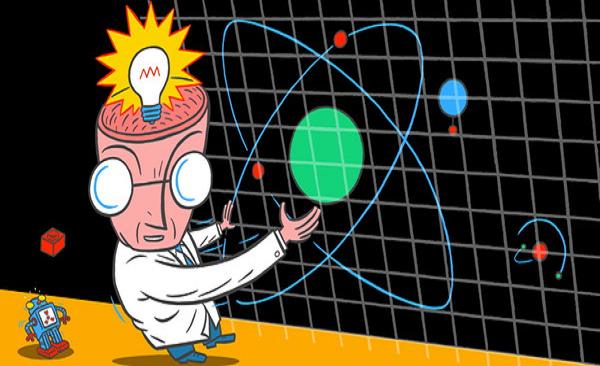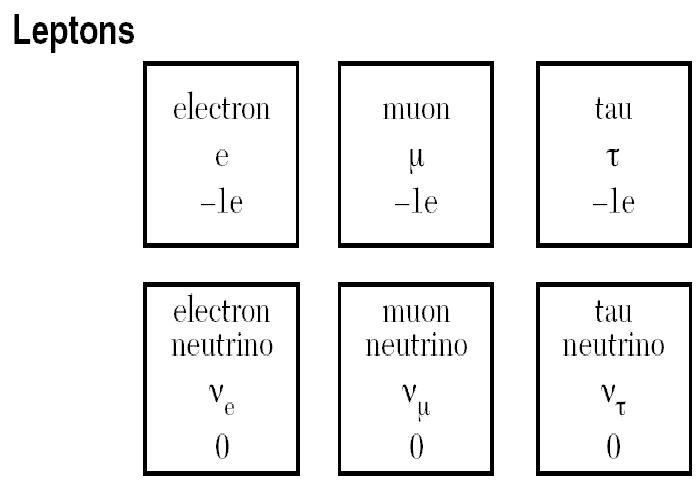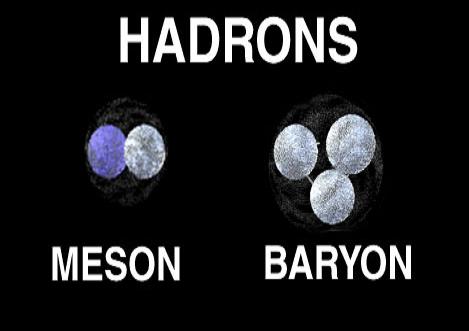Difference between Leptons and Hadrons

Scientists had become aware of the existence of building blocks of matter such as atoms hundreds of years ago, but it was only after the development of highly advanced equipment and technology in the 20th century that they were able to discover the existence of particles even smaller than the atoms, such as the nucleus, positively-charged protons, neutral neutrons, and negatively-charged electrons.
The advanced research in the field of physics and particularly sub-atomic particles has revealed the existence of elementary particles. These newly-discovered particles have two main categories, namely leptons and quarks, with the latter combining to form hadrons.
Since the discovery of elementary particles is still relatively new, the majority of non-physicists are not as familiar with leptons and quarks, including hadrons, as they are with the sub-atomic particles, which makes it even harder for them to differentiate between the two categories of elementary particles.
In order to understand the difference between leptons and hadrons, it is important to keep the building blocks of hadrons, i.e. quarks, in mind, as they play a key role in setting the two categories apart.
One of the biggest differences between leptons and hadrons lies in their structure. While the lepton does not have a known internal structure and exists as individual particles, hadrons are made up of many quarks that combine with each other through strong nuclear interaction. They also have a known internal structure.
Another thing that sets leptons apart from hadrons is their size. The former are relatively smaller than the latter.
These two types of elementary particles differ from each other on account of charge as well. Leptons typically have a -1 charge, whereas the building blocks of hadrons, quarks, have fractional charges. Another important thing to note here is that while all leptons are negatively charged, they have different masses. In the case of hadrons, however, there are anti-quarks that have the same mass but different charge.
The interaction among leptons and quarks also serves as a differentiating factor. The former interact through electromagnetic and weak force, while the latter interact through strong interactions.
Instructions
-
1
Leptons
Leptons are a category of elementary particles. Particles that fall under the category of leptons include electrons, muons and tau.
Image courtesy: stmary.ws
-
2
Hadrons
Hadrons are made up of quarks, which are a category of elementary particles. They have fractional charge and are of considerable mass.
Image courtesy: blog.funboxcomedy.com







